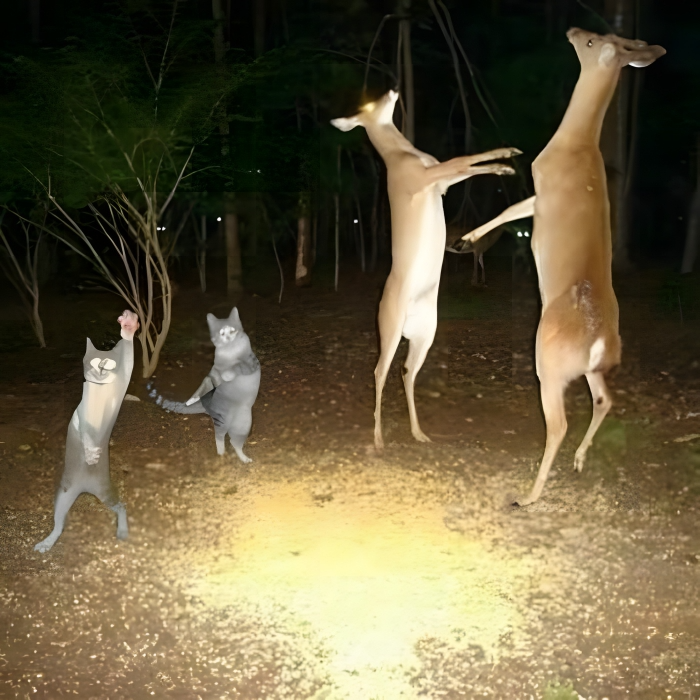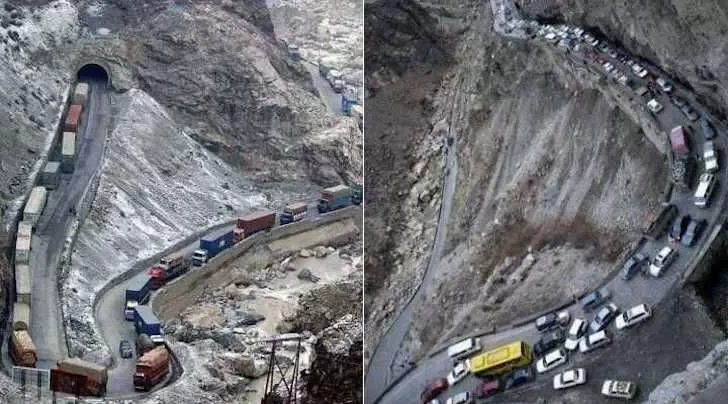Uncovering the Globe's Priciest Ghost Towns
7. Genola, Utah's Titanic Standard Reduction Mill
Place: Genola, Utah
Year: 1920
Price: $580,000
The Tintic Standard Reduction Mill, built in 1920, was not operational until 1925. This facility played a significant role in the mining industry, processing ores from the surrounding area. However, it is now closed and has become a site of concern due to the high concentrations of lead and arsenic present, both of which are toxic to humans.
Given the hazardous conditions, visits to the mill are strongly discouraged, highlighting the dangers associated with abandoned industrial sites. The mill stands as a stark reminder of the environmental impacts of mining and the importance of safety in such areas.
In conclusion, the Tintic Standard Reduction Mill serves as a historical marker of early 20th-century industrial activity in Utah, while also illustrating the lasting consequences of such endeavors on public health and safety. Its closure and the risks it poses underscore the need for responsible management of former industrial sites.

Genola, Utah's Titanic Standard Reduction
Nestled into the side of a mountain, the Titanic Standard Reduction Mill was once a bustling facility, processing an impressive 200 tons of ore each day. Despite its initial productivity, various challenges led to the mill's decline. The owners struggled to maintain operations, resulting in the site falling into disrepair. Today, it stands as a dilapidated structure filled with hazardous materials and abandoned mining equipment.
The remnants of the mill serve as a haunting reminder of its former glory and the harsh realities of the mining industry. The presence of toxic substances further emphasizes the importance of safety and environmental responsibility in such areas.
In conclusion, the Titanic Standard Reduction Mill embodies the rise and fall of industrial ambition in Genola, Utah. Its transformation from a vital processing facility to a hazardous ruin highlights the complexities of resource extraction and the lasting impact it can have on both the landscape and public health.










